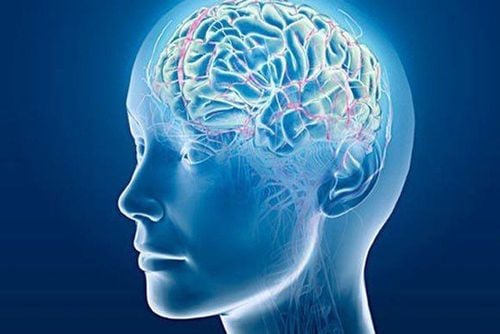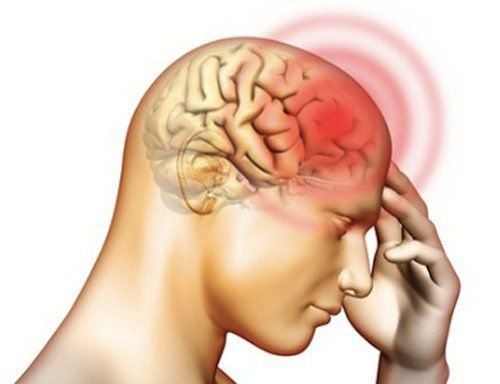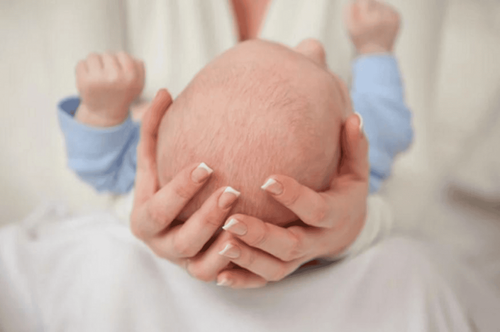This is an automatically translated article.
Article by Dr. Nguyen Cong Nghia - Head of Obstetrics Department - Vinmec Times City International Hospital.
Shaken Baby Syndrome (SBS) or sometimes called abusive head trauma (Abusive Head Trauma) was first described in the 1970s, but has received special attention and research. especially in the last 10 years
1. What is shaken baby syndrome and how does it hurt?
This syndrome is a severe form of head and brain injury caused by violent shaking of an infant or young child. This syndrome usually occurs in children under 2 years old but can be up to 5 years old, and is most common in children under 9 months. In the US, an estimated 1200 to 1400 babies are injured or die from shaking each year, according to figures from the National Center for Shaken Baby Syndrome control. However, this number can be much higher because many cases go undetected.
Adult holding and shaking movements for children in different countries and depending on living habits. The most dangerous ones mentioned in this article are the vibrations when holding the baby in a standing position and not keeping the neck still to allow the neck to move forward and backward. However, danger still occurs when holding a baby in any position with strong vibrations with high intensity or sudden stops or collisions. Studies show that damage can happen in as little as 5 seconds of shaking. Violent shaking can cause permanent brain damage. Very severe cases can lead to death.
Newborns have a large head size and weigh about a quarter of their whole body. In the head, there are spaces between the brain and skull that allow the brain to continue to grow and develop. A baby's brain is soft with thin meninges. The muscles and ligaments in the neck are weak and underdeveloped and cannot support the weight of the head, this laxity is likened to a whiplash (hence the initial name whiplash shaken baby). When shaken, the soft and flexible skull of the child cannot withstand these forces, will transfer the force to the brain, when the brain does not have a synchronous movement and cause the impact to return to the skull bone, concussion of the brain, increased pressure, edema and bleeding in the brain. The large veins along the outside of the brain are also fragile and tear easily, causing bleeding, subdural, epidural, and subarachnoid hematomas, and increased intracranial pressure. These lesions can be permanent. However, these lesions cannot be seen from the outside with the naked eye. Many cases of mild brain damage are difficult to detect. In addition, other injuries are very common to the eye, due to retinal bleeding, which can cause vision loss or blindness. Other injuries may be to the neck or spine, or to the ribs.
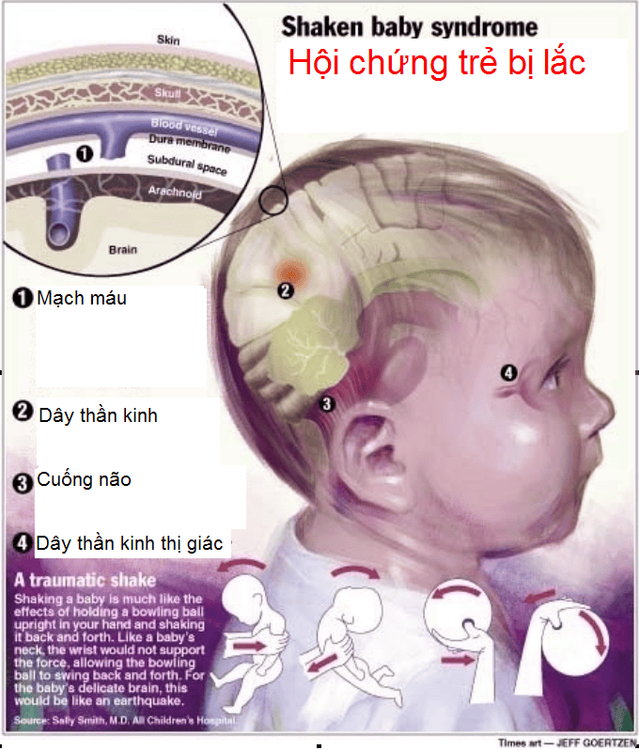
Hình 1. Tờ rơi để giáo dục cho hội chứng trẻ bị lắc trên trang web của một hội bảo trợ trẻ em (Children without a voice – USA)
Long-term damage includes mental retardation, poor vision, speech and hearing disturbances, seizures, impaired navigation and cognitive skills, and possibly death. Many long-term lesions are only discovered when the child is older, over 6 years old. These injuries are costly, with intensive skill, and long-term effort.
2. Causes and symptoms
The causes are very common and not by accident. Most cases are caused when the baby cries incessantly and uncontrollably causing the parents or caregivers to try to stop the crying or these people become frustrated, impatient and out of control. . These efforts are demonstrated by intensely shaking the child or engaging in more aggressive or violent behavior. This phenomenon is very common unintentionally and does not intentionally endanger the child.
Symptoms: It should be noted that many children have no obvious outward symptoms. More pronounced signs include:
Child is intensely agitated, normal behavior changes, non-contact Lethargy, lethargy, or lethargy, decreased muscle tone (muscle) Pale skin, vision forehead area best seen Eating, sucking, difficulty swallowing, or vomiting for no apparent reason Shortness of breath, pauses in breathing, or convulsions Signs of neck injury, swelling, stiff neck, leaning to one side, difficulty turning .
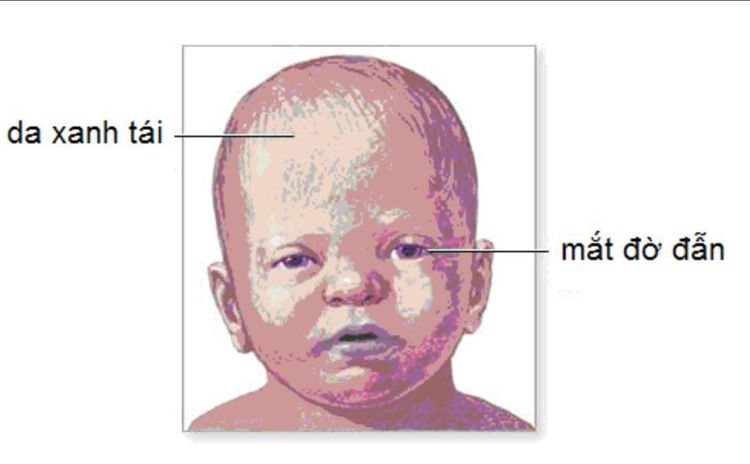
Hình 2. Hình ảnh của một trẻ bị lắc: mắt đờ đẫn, da xanh tái, nhất là vùng trán. Ảnh từ trang web của Trung tâm quốc gia kiểm soát hội chứng trẻ bị lắc – Mỹ.
3. Diagnosis, first aid and initial treatment
Diagnosis : Usually no visible symptoms of damage from the outside. However, the ophthalmologist can detect retinal bleeding during ophthalmoscopy. When in doubt, pediatricians may perform computed tomography or magnetic resonance imaging to look for lesions.
First aid:
Call an ambulance, do not try to transport the child to the hospital on regular vehicles. Do not pick up the baby or try to shake him more to wake him up Do not feed him at this time If the child stops breathing before first aid is available, give CPR to help If the child vomits and does not If a neck injury is suspected, the child's head can be gently turned to one side to prevent choking and respiratory arrest. If a neck injury is suspected, avoid turning the child and protect the neck carefully. intraventricular storage, anticonvulsants, etc.
4. Precautionary principles
Never shake a baby, even when playful or angry. When moving the baby, keep the neck in a relatively stationary position. Do not hold the child when arguing.
A baby crying for 2-3 hours can still be normal. You have to find out many reasons why the baby cries so much. You should have a list of things to do when your baby cries, for example: First, check the diaper or diaper to make sure it has been changed. You can stretch the clothes if your child is too tight. You check to see if the child is hungry and feed him. Check if the baby is too hot or too cold. Try using a pacifier. Hug your baby gently, turn off the lights and turn on soft music. Watch for other abnormalities in the way the child is breathing, and his or her body temperature. Without anything special, you can rest assured that sometimes a baby cries for no reason, and crying doesn't pose any danger to the baby. When you feel out of sorts and very upset, leave the baby safely alone in the crib, stay calm, maybe go outside for a bit and come back to check in every 5-10 minutes or ask someone else for help.
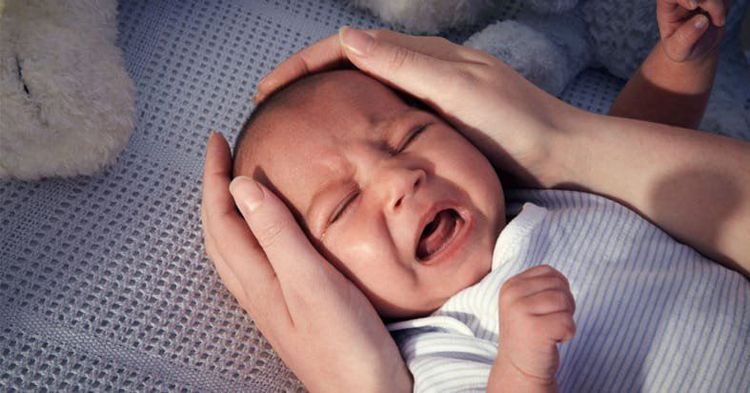
Khi trẻ sơ sinh khóc trong nhiều giờ, cha mẹ cần chú ý hơn
Thoroughly educate the helpers or caregivers, never assume that they fully understand and know how to behave when the baby cries uncontrollably. Allow them to let you know when the baby cries, but don't force them to always do whatever it takes to get the baby to stop crying. Share these with other family members or frequent caregivers. The children's grandparents should not shake or put pressure on the child's parents because they love the child too much.
Until now, there is still a lot of controversy about the extent and how dangerous positions are for children. First of all, gentle swings do not pose this risk. In general, experts say that certain movements such as tossing children in the air, shaking on the knees, wearing or carrying them when running, shaking in a hammock or swinging at a normal level do not cause this syndrome.
5. Research and useful resources
The famous prestigious medical journal BMJ (British Medical Journal) dedicated an entire issue of May 2004 to publish research results, opinions, debates and analyzes of leading experts in this field. . Research is still being conducted in many parts of the world, especially in the US with funding from the American Institutes of Health.
All obstetric hospitals, birth centers in the United States have provided videos and training for parents about this syndrome. Both parents were required to watch the video for nearly an hour and sign a statement that they had been trained. US law also provides for the charge of abuse and imprisonment for parents who cause this syndrome in their children even though it is not intentional.
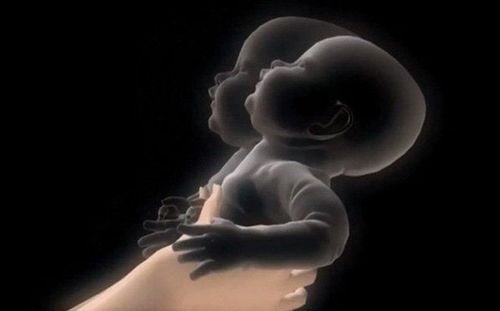
Rung lắc trẻ là một thói quen không tốt, có thể ảnh hưởng đến sức khoẻ của trẻ
You can find a lot of other useful information from the official websites of the American Institutes of Health or the National Center for Young Children with Shaken Syndrome of America. This center functions to exchange information, train, educate, and conduct research on this syndrome throughout the United States. Their website is: http://www.dontshake.org/index.php
You can also watch a very helpful video from the Missouri Children's Trust Fund on their website. : www.ctf4kids.org. Or you can also find this video from YouTube: http://www.youtube.com/watch?v=w6yfvx0ik1M&feature=related
Last message:
No, never shake babies.
Let the child always be at peace in the family and in your arms




